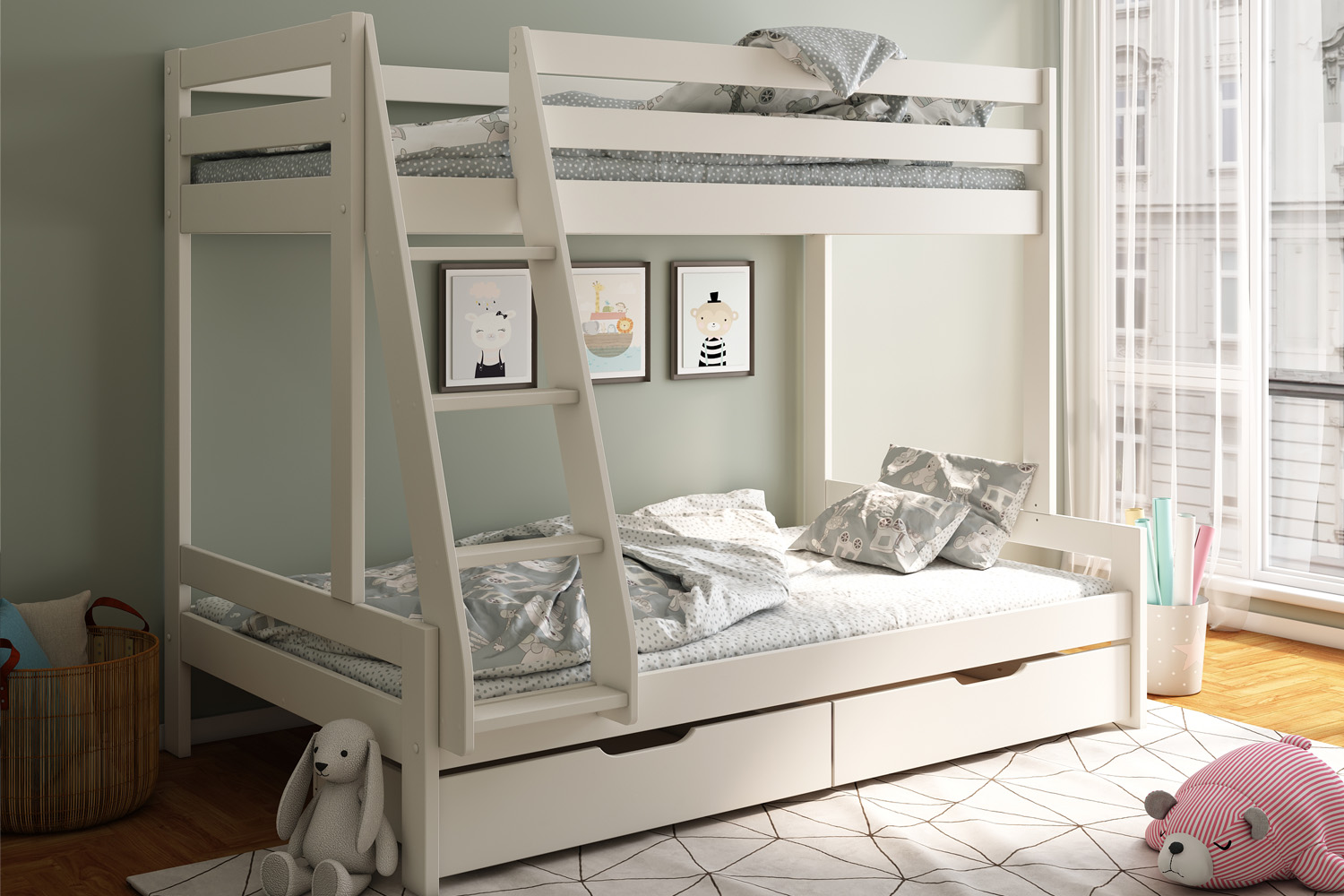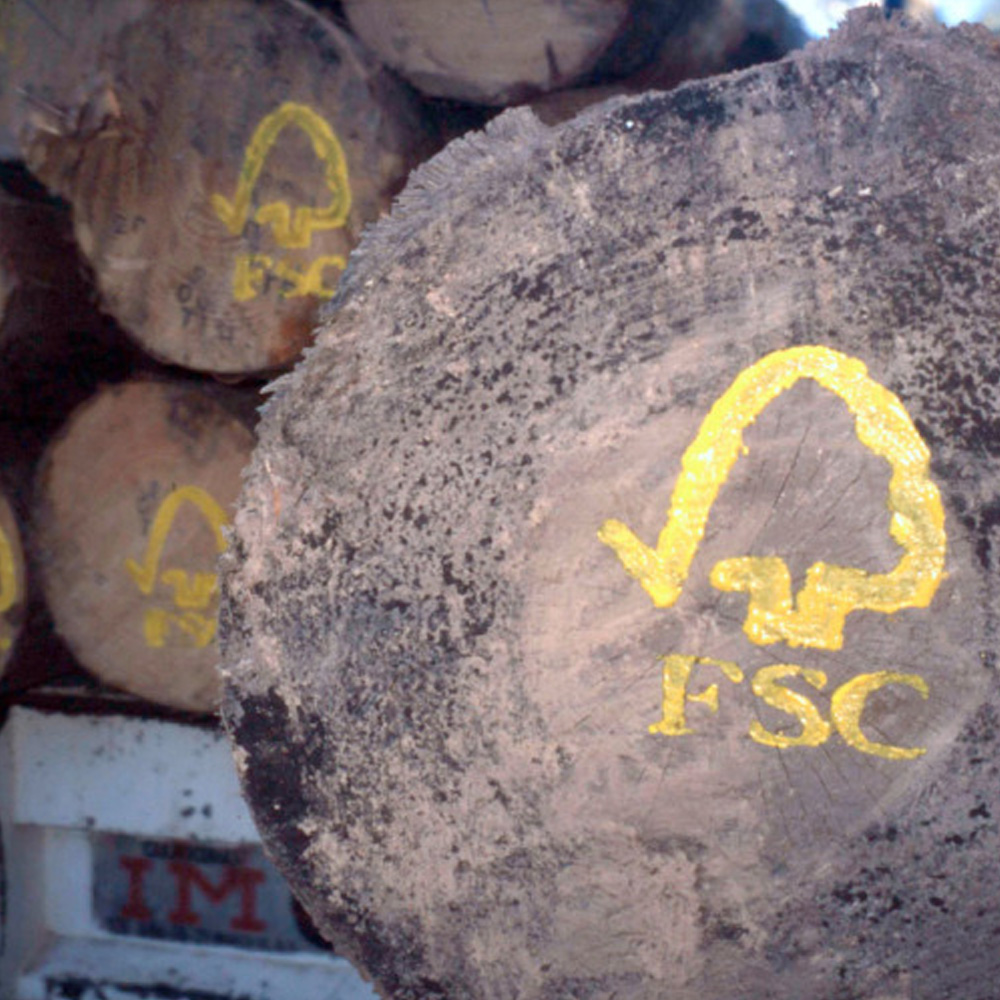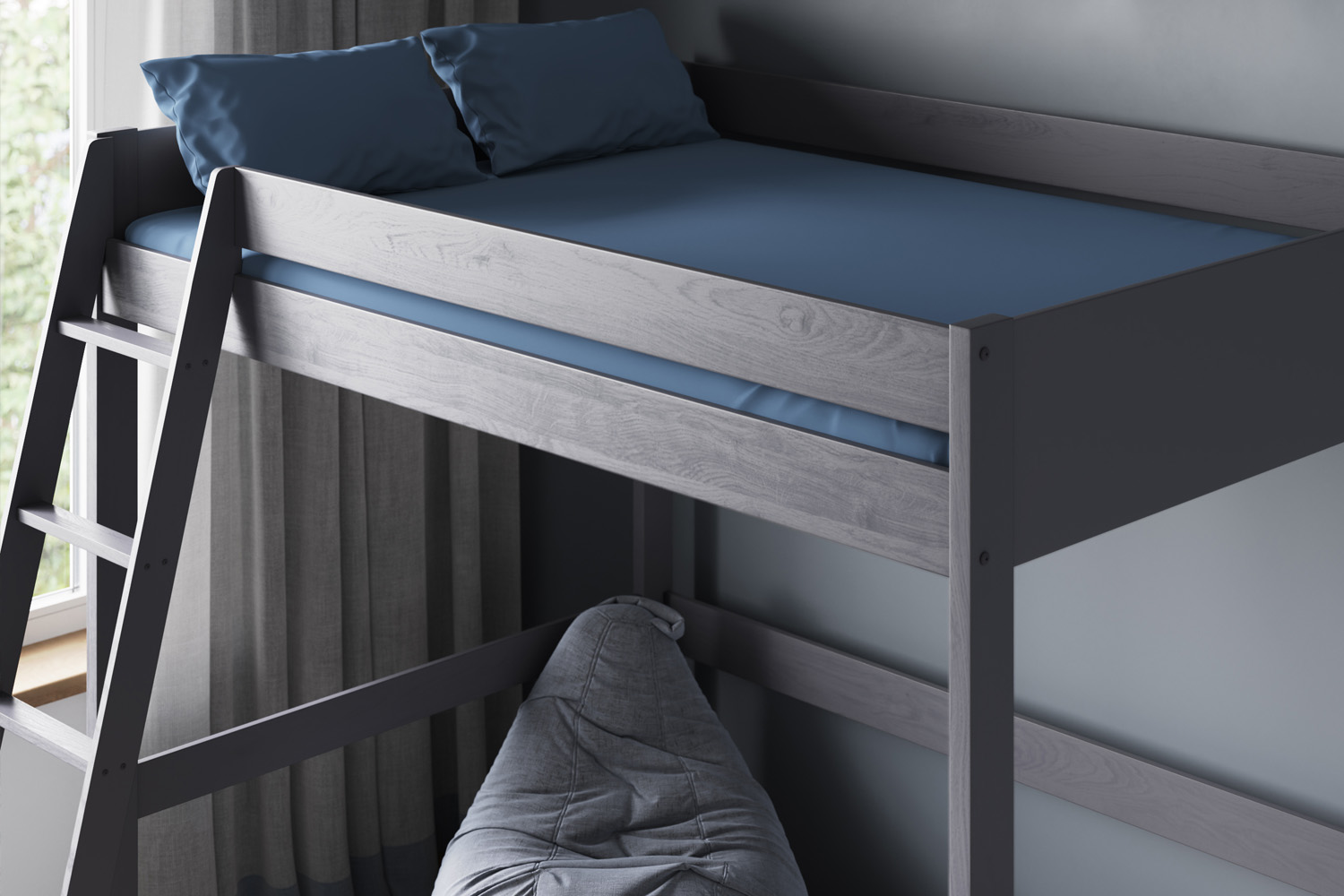Now your children can sleep safely in solid wood beds and bunks that help the planet
Sustainability: we’ve all heard about the need to swap clothing, meat and plastic. But furniture sustainability is also significant problem. Reducing furniture waste is fast becoming as important as reducing single-use plastic.
What is fast furniture?
It’s like fast fashion, but for furniture: cheap, poorly made, disposable. It’s not designed for a long lifespan, just to be thrown out as soon as interior fashion flits off in a different direction.
Many consumers update their décor when they move home. Millennials move home more, often throwing away furniture rather than pay to move it and as their fast furniture isn’t robust enough to withstand the move.
Despite the growth in recycling, upcycling and upscaling on Pinterest and Instagram, the full horror of fast furniture has been laid bare.


Fast furniture facts are frightening
- Over 50% of reusable furniture in Briton is sent to landfill every year.
22 million pieces of furniture are discarded every year. - 42% of the 1.6 million tonnes of bulky waste is furniture: equal to 10,000 blue whales
- 32% of the bulky waste is reusable.
- Fast furniture doesn’t just drive up demand to cut down trees – the world’s lungs. It also multiplies the shipping carbon emissions from foreign counties, especially China.
- 3% of total greenhouse gas emissions came from shipping in 2019. By 2050, that figure is expected to be 50%.
Rather than bury the problem in landfill and bury our heads in the sand about it, we all need to get on top of it.
Families can play their part
Millennial and Generation Z consumers are becoming increasingly concerned about making responsible consumer choices. They want furniture made the right way, with the right materials.
That concern often begins with solid bed frames for their children. After all, we spend a third of our lives asleep – and we sleep more as children. So it makes sense to choose children’s beds that are solid secure and safe.
The famous saying “We do not inherit the earth from our ancestors, we borrow it from our children” has never been more important. So choosing sustainable furniture means you’re believing in the future of the planet for your children and demonstrating the values in your own home.
What should your child’s bed be made from?
Beware: not all furniture materials are good. Resin, plastic and laminate furniture is known for cracking, peeling and splitting, which could leave razor-sharp edges.
MDF – Medium Density Fibreboard is where wood grains have been pressed together. Particleboard is made from pressed wood chips usually with a synthetic resin glue, so it’s even weaker. These are then often covered in a pretend wood effect – it’s called foil in the trade – but once scratched or scarred, it goes straight through to the MDF/ particleboard. Plus, they’re both prone to absorbing moisture, swelling and rotting.
Even solid pine beds can conceal some dangers. If they’ve not been kiln-dried and properly treated, then they could easily crack and split: which is the last thing you want for your child to sleep in.
When searching for children’s pine beds how do you know whether it’s good or bad?


Always choose Nordic pine – the best wood for solid bed frames
Nordic pine – or Scandinavian pine, is renowned as the best in the world. It has less moisture and a shorter growing season, so the wood grows slower. That’s good for wood as it’s straighter, stronger and has smaller knots. So it looks better, lasts longer and is harder wearing than other pine. It’s less likely to warp, split or break than cheaper alternatives.


Choose FSC-certified pine
It’s not just Nordic pine that you want for your solid timber bed frames. Ensuring that the wood has been sustainably grown is equally important. The Forest Stewardship Council (FSC) is an internationally recognised non-profit organisation promoting responsible management of the world’s forest through timber certification to meet UN Sustainable Development Goals.
From Australia to Zambia FSC helps eliminate deforestation and degradation, plus promote forest management. All FSC wood comes from sustainable, ethical and 100% traceable sources to prevent illegal logging. So, it’s renewable, recyclable carbon-efficient low-energy and high performance, protecting the people, wildlife and planet’s forests and ecosystems for future generations.
It’s not just the wood that’s important to families. Often children’s beds and bunks are painted – so having eco-friendly, non-toxic chemical-free paints or coatings gives reassurance to families for their own health and that of their children.
Why is water-based paint better?
Well, for starters, water-based paint avoids all the nasties. There are no chemicals in it: it’s non-toxic and eco-friendly, with no risk of headaches, nausea and skin irritation that can sometimes happen with extended exposure to chemical paints.
Water-based paints perform better too. For starters, unlike chemical-based paints, water-based paints are much more resistant to UV rays: so never lose their shine and keep their colour for longer. Plus, water-based paints dry hard, resist wear and tear and are more flexible – so they’re far less likely to become brittle, cracked, chalky or flaky.


Sustainable solid wood beds are always expensive, right?
Noomi children’s beds and bunks certainly aren’t. But buying a low cost children’s bed could cost you more in the longer term. So if you’re looking for a cheap bed, look at Noomi. At Noomi, all our children’s beds are self-assembly. They’re simple and straightforward to put together. So they take up less space when stored in our warehouses – and less space in our lorries and vans when we transport them. Saving space means saving money – so at Noomi we pass on these savings to you as lower prices.
Noomi: 100% Nordic pine
At Noomi, we only use ethically sourced solid Scandinavian pine – remember it’s better as it grows slower in the colder the Nordic regions. We make children’s beds to a simple but demanding formula: The exacting standards we set ourselves. Those demanded by the FSC. And those expected by you.


Choose Noomi because there is no planet B.
All Noomi children’s bunks and beds are made from FSC-certified wood – not even Ikea can say that about all their furniture.
At Noomi, we only use water-based, non-toxic, eco-friendly, chemical-free water-based paint: better for furniture, families and children.
Plus, our mattresses have been carefully made to also be sustainable with natural materials inside, that also helps with their breathability. The layers of cushioning in our mattresses are reusable and recyclable.
Noomi?
No it’s not named after Noomi Rapace, the Swedish actress, who played Lisbeth Salander in the Swedish film adaptations of Steig Larsson’s Millennium series: The Girl with the Dragon Tattoo, The Girl Who Played with Fire, and The Girl Who Kicked the Hornets' Nest.
Noomi comes from the Nordic name meaning ‘pleasantness’. Certainly there’s a lot to be delighted about with our Noomi children’s furniture. Choose Noomi because it’s beautiful, strong and made to the highest quality standards. But also choose Noomi because it’s made with the right wood in the right way. So you and your family can be proud that you are helping the planet’s forests by not choosing fast furniture.
Sources: https://www.ianmankin.co.uk/blog/britons-send-over-50-per-cent-of-reusable-furniture-to-landfill-every-year/, Mattress Online, British Heart Foundation
Source: https://cpb-us-e1.wpmucdn.com/blogs.uoregon.edu/dist/1/17556/files/2021/06/White-Paper_fastfurniture.pdf
